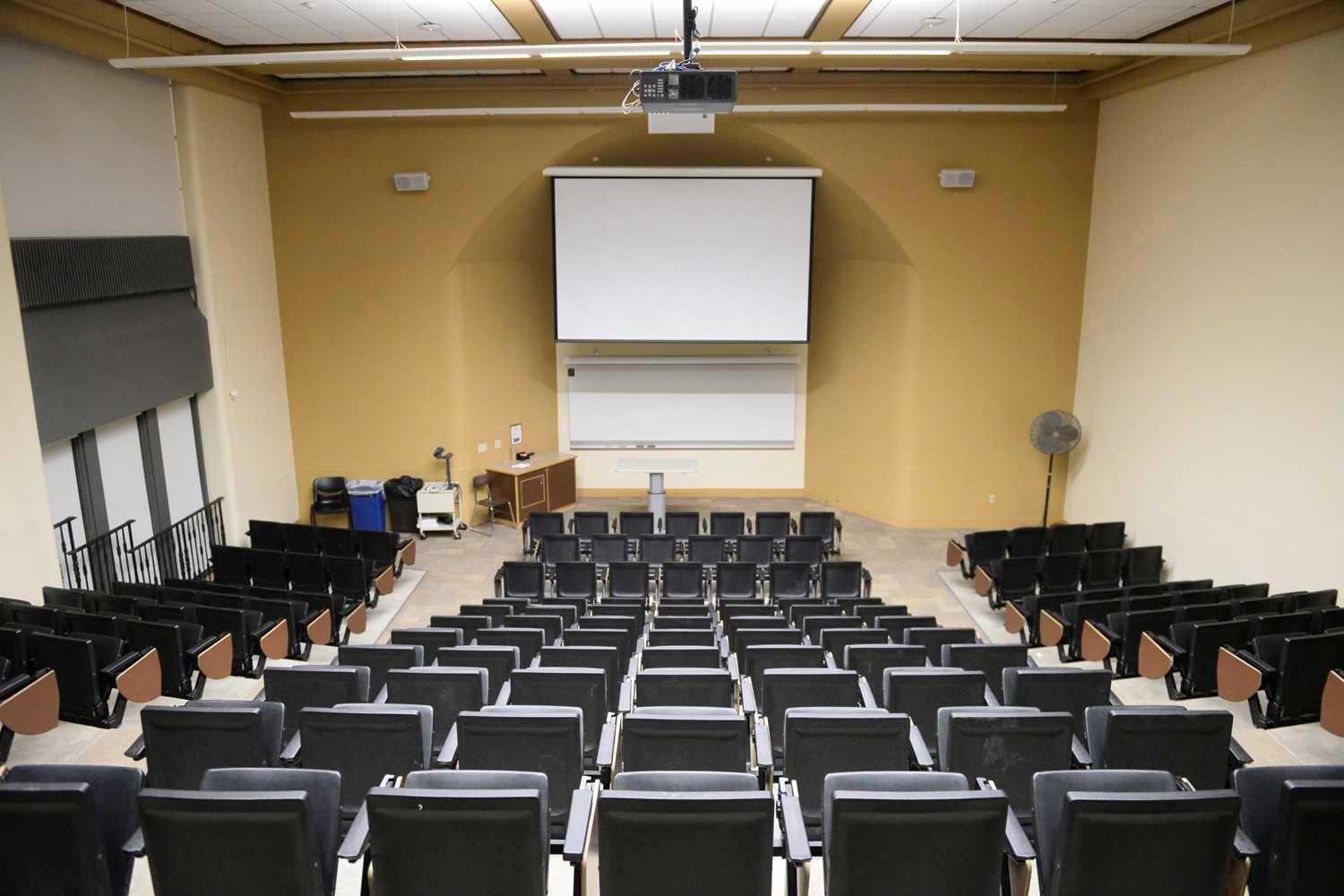Op-Ed | Making Flex@Pitt more flexible


It’s time to address some of the weaknesses with Flex@Pitt, particularly for in-person instruction for medium and large classes.
What is Flex@Pitt? The core of Flex@Pitt, Pitt’s instructional model for the COVID-19 pandemic, is dynamically switching between online and in-person teaching, depending on the current level of risk. In the Guarded Risk posture, all classes with fewer than 250 students will take place in person, in some form, with the option to participate online. Classes with more than 60 students will have different students come on different days to avoid overcrowding. In the Elevated Risk posture, instruction will be primarily virtual with some in-person.
The administration understandably wants to avoid only online, prerecorded lectures, the mainstay of the spring response to the pandemic, and have therefore proposed Flex@Pitt. But Flex@Pitt is actually inflexible, and in its current form will result in a suboptimal learning experience.
Switching between online and in-person may work out fairly easily for some classes. In particular, it may work well for small, seminar-style classes with 20-30 students, because discussions can likely take place either in-person or over Zoom. For larger classes that are lecture heavy, it would be easy to switch between in-person lectures and online recorded videos. But for medium to large classes that have considerable interaction, such as working in small groups or calling on students, we suspect that requiring in-person instruction may result in suboptimal learning.
Student interaction for in-person classes is going to be very challenging. Abiding by proper social distancing means that students cannot work in groups, for any size class. For larger classes, it will be difficult to even ask questions, because everyone must wear a mask and faculty cannot get close to students because there are often few aisles in lecture halls. The only option left for medium and large classes is just an instructor lecturing, possibly with TopHat-style questions. This means students will sit passively in class while worrying about getting infected. The experience will be worse if an instructor cannot come to class and appears on screen, and even worse for remote students. Alternating between which students can be in class on a given day will only add an additional layer of complexity.
By requiring frequent in-person meetings, the administration has boxed instructors into an inflexible system that encourages us to use a passive style of learning. And if it is just going to be a lecture, why not watch it on video? At a minimum, we have been given no guidance about how meaningful in-person interaction can realistically and safely happen.
In a truly flexible system, departments and instructors would have authority to determine the best learning experiences for the many diverse types of courses. Studies have shown clearly that student interaction is critical for stronger and more equitable outcomes in our difficult courses. For classes requiring a high degree of interaction, this is best done online during the pandemic. Students would be able to work on challenging questions in groups over video and chat, co-creating knowledge. Peer review can help with the feedback burden and serve as another mode of learning.
In sum, instead of “flexibility” simply meaning switching between online and in-person, we should adopt flexibility as a broader goal — flexibility to adapt with new and creative modes of teaching and learning that work best during the pandemic. If instructors are given the flexibility, time and guidance, we are confident that we can figure out creative ways to implement online courses with meaningful interaction.
Ben Rottman is an associate professor of psychology and research scientist at the Learning Research and Development Center.
Chris Schunn is a professor of psychology and an LRDC senior scientist.
Celia Brownell is a professor of psychology.
Natasha Tokowicz is an associate professor of psychology and an LRDC research scientist.
Peter Gianaros is a professor of psychology.
Jana Iverson is a professor of psychology.
Timothy Nokes-Malach is an associate professor of psychology and an LRDC research scientist.
Recent Posts
Porch roof collapse injures dozens during party on Semple Street
The roof of a porch on Semple Street collapsed during a St. Patrick’s Day celebration…
A Good Hill to Die On // Break It Down
In this release of “A Good Hill to Die On,” I dive deep into the…
Who Asked? // Does growth only “count” if it’s quantifiable?
This installment of Who Asked? by staff writer Brynn Murawski wonders why it feels like…
“They’re throwing trans people under the bus”: Counseling center faces backlash after event name change
On Feb. 24, Pitt’s Counseling Center faced backlash after briefly renaming an event from "LGBT…
Q&A: Meet the 2024-2025 SGB president and vice president
SGB announced the 2024-2025 election results at their meeting on Tuesday. The Pitt News spoke…
Editorial | Pitt Administration must listen to its students’ electoral demands
The passing of these referendums does not guarantee a future Pitt with these policies. Merely,…

